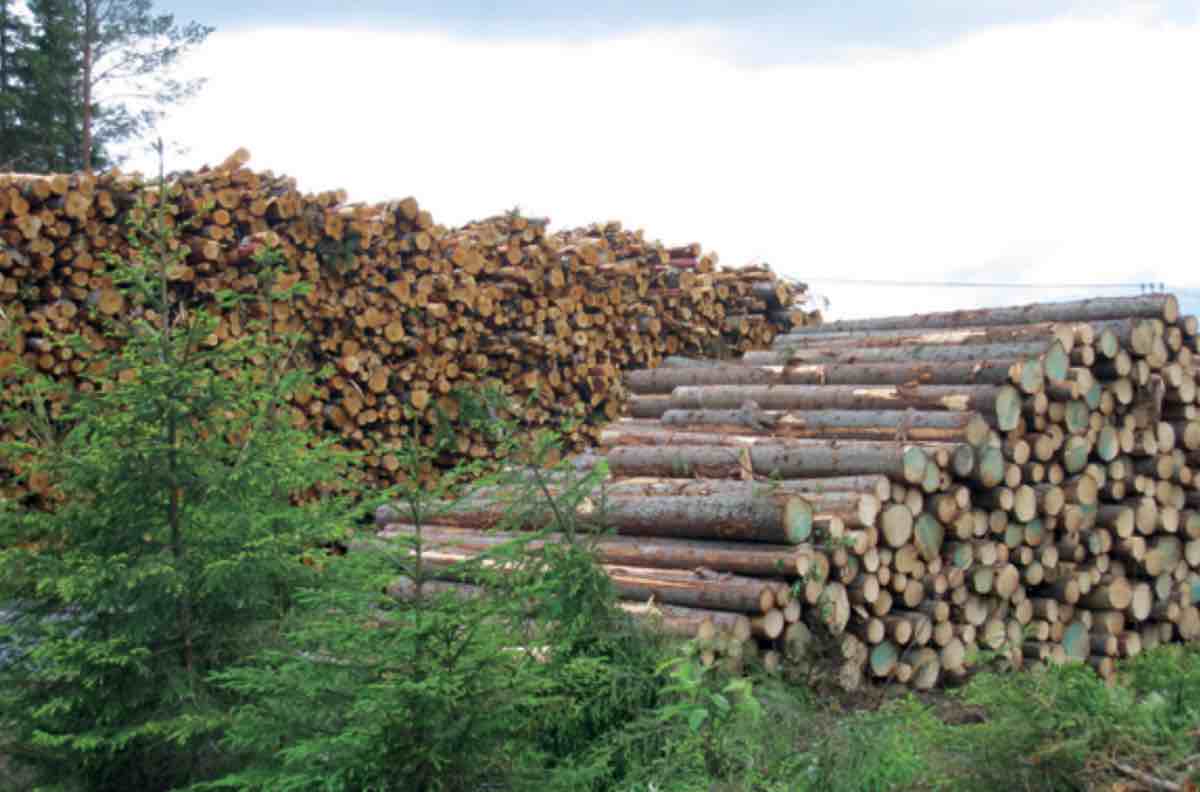Have you ever wandered through a forest of giant trees, wondering about their age, or even their purpose? As these amazing organisms grow, they absorb untold chapters of history, but also tons of carbon, providing natural protection against climate change.
But the valuable carbon capture service of trees ends the moment they are cut. And if felled trees are then burned, the carbon is immediately released skyward: now the atmosphere holds more carbon than when the tree was standing!
Of course, another little sapling could appear and re-absorb the released carbon. But by the time young tree matures, it could be your great grandchild marveling at the tree, not you.
Over short timescales, bioenergy actually emits more CO2 than coal per unit of energy generated, due to the lower energy density of biomass and the additional emissions generated in the harvesting and transport of biomass.
CO2 is emitted when forest soil is disturbed, when equipment used to harvest and transport trees, and when fertilizer is applied to support growth of a new generation of trees. In addition, there is the carbon sequestration that would have taken place if the tree had not been harvested, but instead allowed to grow. This lost absorption capacity is similar in volume to the increase in CO2 emissions at the time of harvest.
The figure below illustrates the time required to reabsorb CO2 lost when trees are felled for use in either the power sector or as transport fuel. This period is known as the carbon payback period. It is based on the European Commission’s Joint Research Centre (JRC) literature review of forest carbon accounting.
The dashed red line represents a payback period of 30 years, which is considered reasonable among climate change policymakers. The vast majority of studies’ payback periods fall above this line, meaning that forest bioenergy does not provide a climate benefit compared to using coal.

The conclusions of the seven-year-old JRC study have been confirmed by more recent studies. Indeed, recent research suggests that assumptions in the literature about forest responses to modified management practices aimed at improving the productivity of forests used for bioenergy are overly optimistic.
Despite the wealth of evidence showing that using trees for bioenergy provides no carbon benefit, the European Commission’s Renewable Energy Directive (RED II) nonetheless allows Member States to give energy providers government funding to burn trees (called “roundwood” or “stemwood” in the legislation). As the demand for wood for energy increases, the problem is exacerbated.
The problem can be fixed, however, if authorities act quickly. To align with the European Union’s ambitious Green Deal, all climate change legislation is up for review, including the RED II.
The newly amended RED could end credits toward renewable energy targets for the burning of roundwood and stemwood. Alternatively, the Commission could follow its practice in the transport sector with food and feed-based fuels: simply cap the amount of roundwood and stemwood that Member States can count toward their targets.
While burning roundwood and stemwood for power does not provide a climate benefit, not all biomass is bad for the climate. A previous ICCT study showed that agricultural and forestry residues—such as treetops, small branches, or trees killed by pests and infections— can be used for energy.
Sustainably harvesting these materials for use in power or other sectors can deliver extensive greenhouse gas savings, ranging from 82% to 98% for biomass electricity compared to coal. Rather than support the cutting of Europe’s trees for energy, the Commission should focus on incentivizing only sustainable practices like these to help achieve Europe’s ambitious climate goals.
This article was originally published by the International Council on Clean Transportation – theicct.org










